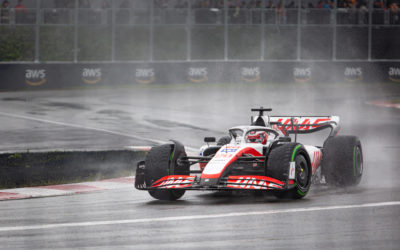How to Show Depth in Your Photos
Photos are viewed in two dimensions.
The world, inconveniently enough, tends to come with one more dimension than that.
This bothersome little fact can become very problematic for your photography.
Where’s the depth?
You’ve probably come across a large number of pictures in your life that are unremarkable. You may not realize right away why the picture doesn’t work. The composition may be well-thought out, the subject matter may be unique – but the picture itself just falls flat.
One possible explanation for this is that the picture lacks depth. Pictures that lack depth are unengaging. They don’t reflect life or liveliness; they aren’t dynamic.
Pictures that lack depth are unengaging. They don’t reflect life or liveliness; they aren’t dynamic.
Here’s a look at some ways to bring some depth back to your 2D image:
1. Depth of Field and Aperture
Depth of Field refers to amount of the image that is in focus. In other words, it determines how quickly objects in front of and behind the focus point start to get blurry.
Depth of Field is controlled by two factors:
- The aperture
- The distance from your camera to your focus point
First, let’s deal with aperture…
Depending on your lens, your camera can set an aperture of around f/1.2 to f/22.
By shooting at a wider aperture, such as f/1.4, the background of your image will quickly fade away into smooth, delicious bokeh.
In contrast, shooting at a narrow aperture, such as f/22, will keep the background in focus and can quickly kill any illusion of depth.
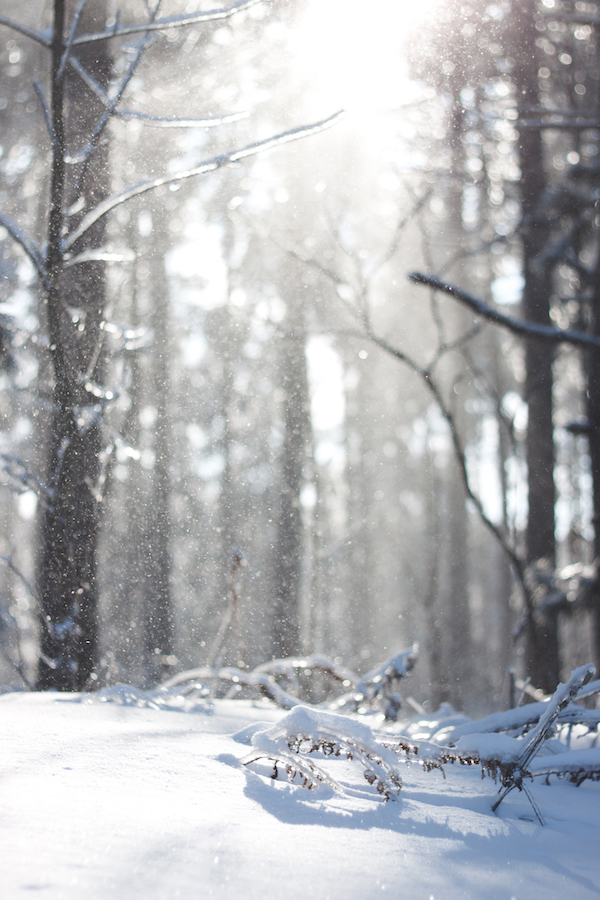
This image was shot at f/2.2 to emphasize the sense of distance between the subject and the cluttered background.
Now let’s quickly explore how the distance from your camera to your focus point influences the sense of depth…
Try this: Hold your hand in front of your face and focus on the fingers. Two things will happen:
- The background behind your hand will get blurry
- Your friends will be able to smack your hand back into your face, in a manner that they will later describe as “hilarious”
Focus on an object far away and objects near to you in your peripheral vision will go blurry.
Through this, we’ve learned to associate the background going out of focus with depth.
By using your aperture and zoom accordingly, you can create a strong sense of distance in your image.
2. Using the Foreground and Background to show Depth
One of my favourite methods for creating the illusion of depth in an image is simply to include foreground and background objects.
This technique makes for a more dynamic image and can also be used as a framing device for more interesting composition.

Foreground and background interest adds a strong sense of depth to this image, making it a much more interesting and dynamic image
3. Using your Light to show Depth
This, quite frankly, is one of the reasons I love working with off-camera flashes. But it’s certainly possible to do this with natural light as well, when you can find the right light.
When the key light source of a picture comes from an angle adjacent to the camera, the light will “wrap around” the subject and will also emphasize textures, creating a strong impression of depth.
In this picture, the light is coming from an umbrella directly to the right of the subject:
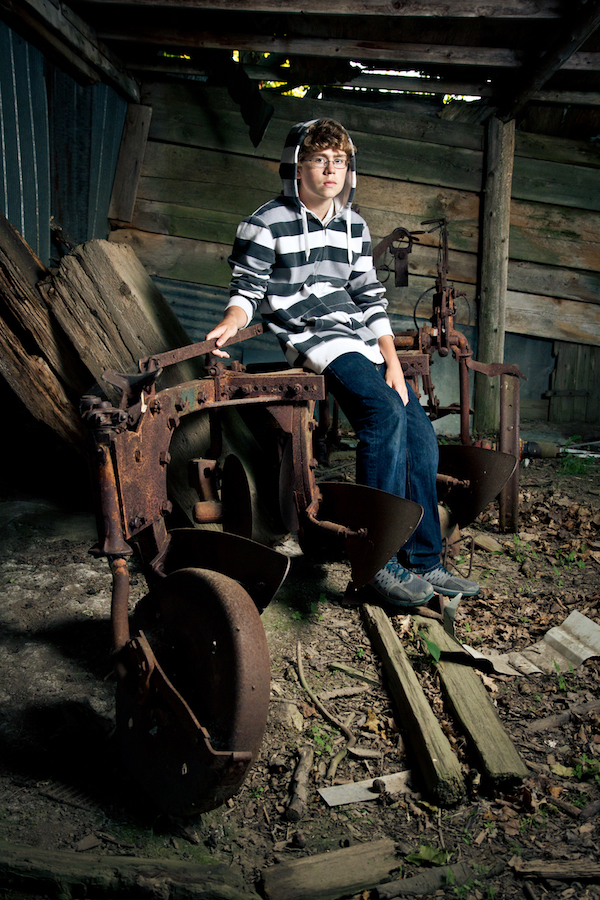
Shadows play a big role in creating this illusion of depth. Our brain is tricked into seeing an image as three-dimensional simply because we know how shadows work.
This is a big drawback of overcast or cloudy days. While they provide soft, flattering and even light for portraits, the lack of shadows can quickly rob feeling of depth in your images.
4. Using Lines
Leading lines are great for photography in general. They make for a more dynamic composition and can be used as a way to lead the viewer eye around the image. This emphasizes perspective and depth.

This image using both leading lines and perspective (the figures becoming smaller in the distance) to emphasize depth
5. Layering Background Elements
The last technique for creating depth is to layer your background elements. This means choosing a composition where the background overlaps into the distance.
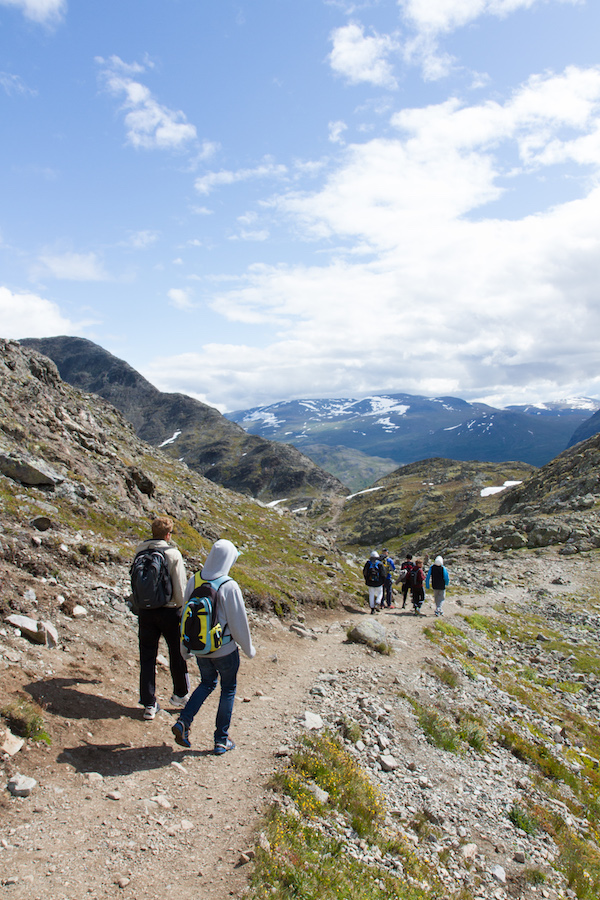
Depth and Scale
This whole “cameras record everything in 2D” business can also make it remarkably difficult to show scale in pictures.
An huge and amazing waterfall or monument can look thoroughly unimpressive when photographed from a certain perspective.
How big was the building / mountain / monument really? With no familiar objects in the scene, such as a car or a person, it could just as well be a tiny model.
The solution? Simply add context.
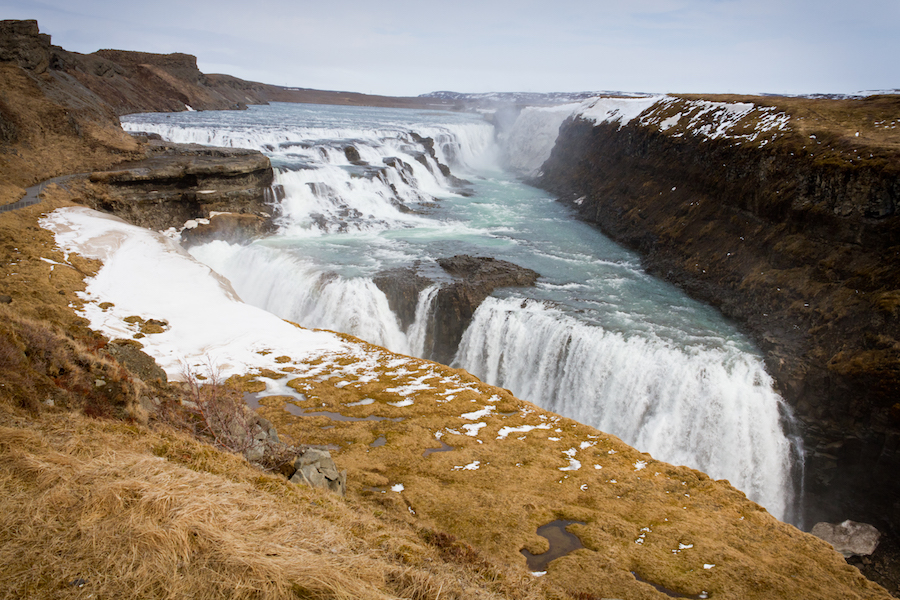
This picture shows an impressive waterfall, but there are no clues to the scale of the image.
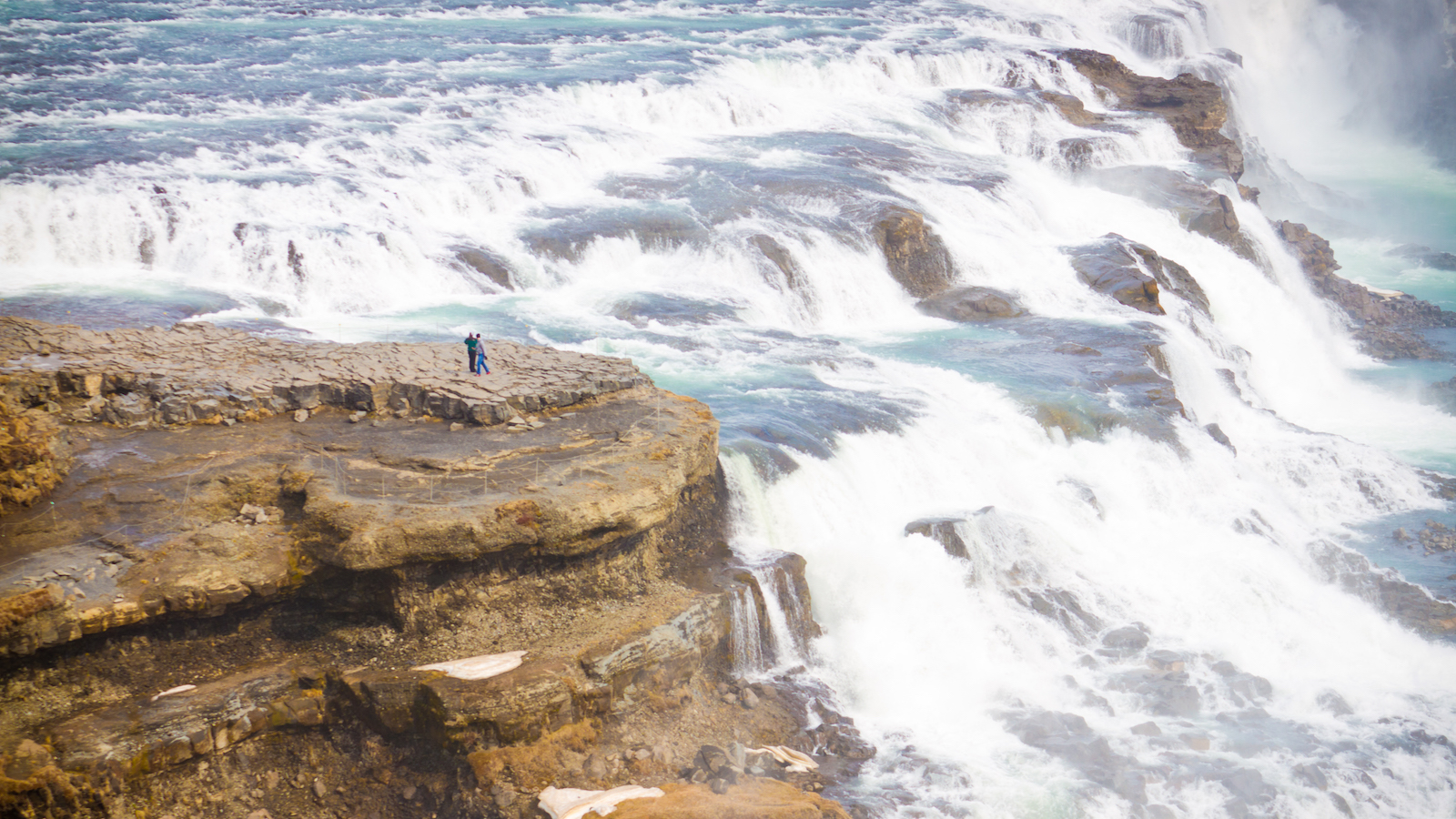
When we can see people in the image with the waterfall, we begin to understand that this thing is freakin’ huge.
Does this all check out?
If you’ve got comments or complaints, let me know at [email protected].
The latest posts from the Photography Blog
Preparing for Your Family Photography Shoot: 6 Important Things to Consider
Preparing for Your Family Photography Shoot: 6 Important Things to ConsiderPlanning a family photoshoot? This short guide will give a list of what to consider in advance to make sure to get the most out of the time and have confidence you'll get some great...
How to Take Photos from the Grandstands of the Canadian Formula One Grand Prix in Montreal
How to Take Photos from the Grandstands of the Canadian Formula One Grand Prix in Montreal While all sports are challenging to photograph in their own way, Formula One is an especially difficult event to capture for the casual photographer. This guide is a summary of...
The Top 5 Reasons to Book a Corporate Headshot Photoshoot for Yourself or Your Team
The Top 5 Reasons to Book a Corporate Headshot Photoshoot for Yourself or Your TeamA professional, current headshot is a must in today’s digital-first society. For many lines of work, the difference between a good or a not-so-good headshot might be the dealbreaker in...
How to Photograph a Poker Game
How to Photograph a Poker GamePhotography is a varied skill, with each subject presenting a different challenge for you and your camera.Whether photographing sports, people in the street or wildlife, you will need to draw on different skills, both in terms of...
Creating Your Own Luck on the Street
Creating Your Own Luck on the StreetStreet photography is both exhilarating and nerve-inducing in equal measure. Capturing real people, as unpredictable and varied as they are, can offer huge challenges and wonderful rewards. As demonstrated in our article...
What are the best camera settings for hockey photography?
Have you ever tried to shoot hockey with your camera set to “Auto” or “Sport” and been disappointed with the results?
Cameras are getting smarter every day — but they still struggle with the challenges that come with photographing hockey.
The good news is that you can learn to set up your camera in manual mode and make the most of your time at rink.


